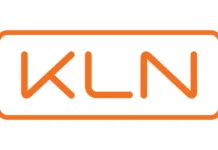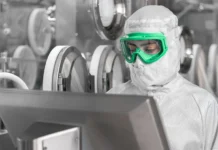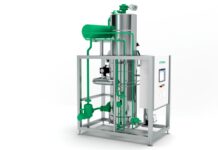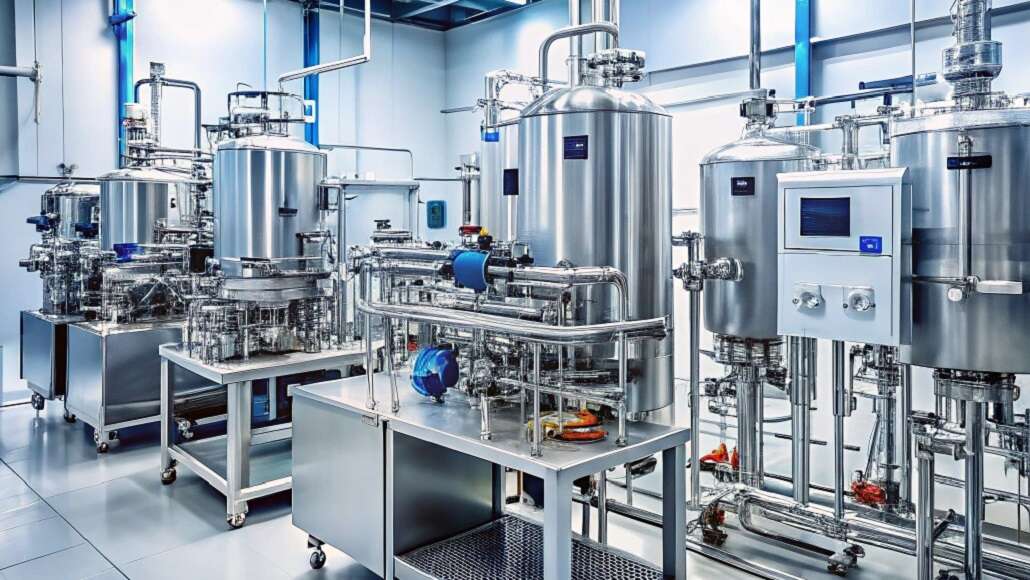Automation in Fluid Transfer: From Manual to Modular Systems in Biomanufacturing
A fundamental component of biomanufacturing, fluid transfer links upstream and downstream processes and enables the flow of precious biomaterials. Historically, fluid transfer depended mostly on human operations—tubing changes, valve manipulations, and pump adjustments—often including labour-intensive and error-prone processes. Automation is changing these fluid transfer methods today by replacing human procedures with modular, scalable, digitally controlled systems.
This development not only improves operating efficiency but also significantly helps to protect product quality and fulfil strict legal standards. From manual to automated fluid transfer systems, biomanufacturing is being shaped as manufacturers are empowered to provide high-purity biologics with consistent results.
The Manual Fluid Transfer Paradigm: Challenges and Limitations
Operators manually connecting tube assemblies, opening or closing valves, and starting or stopping pumps as required constitute manual fluid transfer. Although this strategy proved practical for small-scale or straightforward operations, it has certain natural disadvantages when used to current biomanufacturing:
- Human Error Risks: Manual connections are susceptible to errors including wrong tube installation, cross-contamination, or poor valve location. Batch failures or contamination occurrences could follow from these mistakes.
- Labor-Intensive and Time-Consuming: Manual procedures demand considerable skilled labour input, therefore raising operational expenses and adding variability from operator tiredness or uneven techniques.
- Limited Process Repeatability: Manual changes sometimes lack accuracy, hence exact flow rates or timing across batches cannot be replicated, which could affect product quality.
- Reduced Safety: Handling of sterile or hazardous fluids manually might put operators at risk of leaks or exposure to dangerous chemicals.
- Complexity in Scale-Up: Manual fluid transfer limits scalability since it is more impractical and inefficient as production numbers rise.
The Rise of Modular Automated Fluid Transfer Systems
The sector has moved towards modular, automated fluid transfer systems meant to simplify operations, lower risk, and boost throughput in reaction to these difficulties. These systems provide consistent and closed fluid management by combining smart hardware, software controls, and pre-engineered fluid routes.
The core components of automated fluid transfer systems include:
- Modular Pump Units: Often employing peristaltic, diaphragm, or rotary technologies, modular pump devices replace manual pumping and provide exact flow control methods. Modular designs let pumps be added or withdrawn to fit process needs.
- Automated Valves and Manifolds: Electrically or pneumatically driven valves let fluid routing be controlled remotely and programmatically, hence removing the need for human intervention.
- Pre-Configured Tubing Assemblies: Supporting quick changeover between batches or products, pre-sterilized, single-use tubing sets reduce contamination risk and streamline setup.
- Centralized Control Software:Integrated software systems offer graphical user interfaces, recipe management, and real-time monitoring. Often, this software connects with more general Manufacturing Execution Systems (MES) for data continuity.
Benefits of Automation in Fluid Transfer
Automation delivers substantial advantages across operational, quality, and compliance aspects of biomanufacturing:
- Enhanced Process Consistency: Automated control guarantees exact and repeatable fluid flows, quantities, and timing, hence ensuring process consistency. Maintaining product integrity depends on this uniformity, particularly in delicate processes such viral vector or monoclonal antibody manufacture.
- Reduced Contamination Risk: Closed-system automation limits possible exposure sites for microbial or particle contamination by greatly lowering the frequency of manual connections and disconnections.
- Operational Efficiency and Cost Savings: Automating regular activities helps manufacturers to lower labour needs and cycle times. Automation helps constant processing methods as well, so allowing more output without staff proportionate rises.
- Improved Data Capture and Traceability: Automated systems continuously record operating parameters, hence offering complete electronic records required for quality enquiries and regulatory audits.
- Flexibility and Scalability: Modular designs let manufacturers swiftly scale operations up or down by adding or deleting parts without significant re-engineering efforts.
- Improved Safety:Automation prevents operators from exposure to biological agents or dangerous substances by reducing manual interventions, hence minimising manual involvement.
Challenges and Considerations in Implementing Automation
Despite clear benefits, successful automation of fluid transfer requires careful planning and awareness of potential challenges:
- System Complexity and Integration:Automated fluid transfer systems comprise hardware, software, and fluid components that must be harmoniously combined. Devices from several manufacturers may not work well together.
- Capital Investment and ROI Analysis: Although automation might provide long-term cost reductions, first capital expenditures might be considerable. Manufacturers have to consider process size, product value, and regulatory drivers while assessing automation expenditures.
- Validation and Regulatory Compliance: Automated fluid transfer systems call for strict validation involving performance qualification of pumps, valves, and software. Maintaining data integrity and GMP compliance is absolutely vital.
- Operator Training and Change Management: Moving from manual to automated systems calls for education to develop operator competence and confidence. Efforts in change management are absolutely vital to promote acceptance and prevent operational interruptions.
- Maintenance and Troubleshooting: Automated systems have electromechanical parts that need preventive maintenance and quick troubleshooting procedures to reduce downtime.
Case Study: Modular Automation in Viral Vector Manufacturing
Recently, a top CDMO put modular automated fluid transfer into their viral vector production line. The CDMO accomplished the following by including automated pumps, valves, and pre-sterilized tubing sets with centralised control software:
- 50% reduction in manual interventions, lowering contamination risk
- Improved batch-to-batch consistency, increasing viral vector yield by 20%
- Faster changeover times between products, supporting multi-product campaigns.
- Complete electronic batch records, enhancing regulatory readiness.
This case shows how modular automation can release efficiency and quality enhancements essential for next-generation treatments.
Future Trends: Toward Fully Integrated Fluid Transfer Automation
The evolution of fluid transfer automation is poised to continue, with emerging trends including:
- Integration with Digital Twins: Real-time data from automated fluid systems will feed digital twin models, hence enabling predictive process control and optimisation.
- AI-Driven Automation: Adaptive control, defect detection, and preventative maintenance scheduling will be supported by machine learning techniques.
- Standardization and Plug-and-Play Architectures: Industry initiatives are in progress to provide standardised modular components with compatible interfaces, therefore enabling simpler system changes and expansions.
- Single-Use Automation:Improvements in disposable sensor and actuator technology will allow completely single-use automated fluid routes, so combining sterility with automation advantages.
- Remote and Cloud-Based Monitoring: Cloud-enabled systems will let fluid transfer operations across spread industrial facilities be remotely controlled and monitored.
Conclusion
From manual to modular automated fluid transfer systems marks a basic change in biomanufacturing. Automation improves product quality and regulatory compliance as well as operational efficiency. Companies that take modular designs and integrated controls are well positioned to meet the demands of today’s and tomorrow’s advanced biologics production.
Automated liquid transfer is a strategic enabler that turns biomanufacturing from a human-intensive craft into a data-intensive, scalable, and predictable process, rather than a technological evolution. Automation is not an option to organizations that wish to be innovation leaders and drivers of competitive advantage; it is a necessity.




















